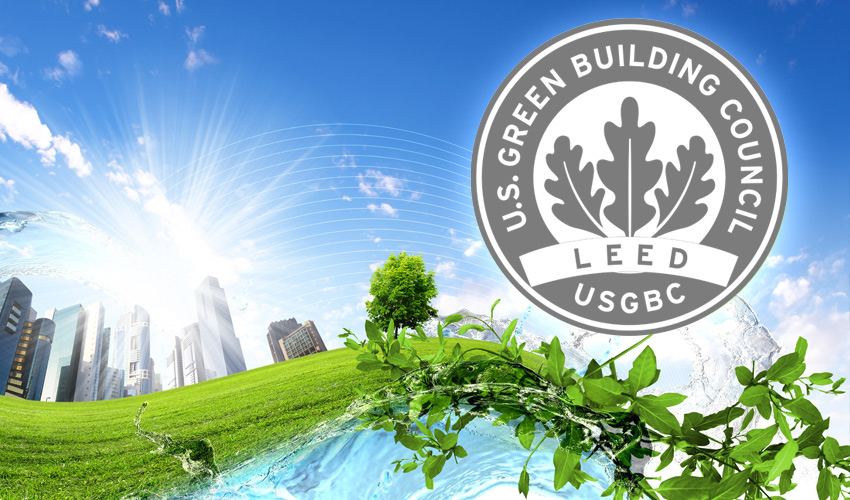
LEED certification: everything you need to know
Did you know that a building can be assessed and recognised for its commitment to sustainability and the environment? LEED certification is one of the most prestigious certifications in the field. Want to know more about how it works and the benefits it offers? Read on to find out.
What is LEED certification?
LEED (Leadership in Energy and Environmental Design) is a certification system created by the U.S. Green Building Council (USGBC), which evaluates and recognises buildings and communities that meet high standards of sustainability, energy efficiency and green design. This certificate has become a global benchmark for sustainable building construction, providing clear guidance for designing, constructing and operating environmentally friendly and resource-efficient buildings.
The importance of LEED certification
Why is it important to become LEED certified? Here are some of the top benefits:
Environmental benefits
- Reduced energy consumption: LEED-certified buildings are designed to consume less energy, which reduces their carbon footprint and helps fight climate change.
- Water efficiency: These buildings implement systems that optimise water use, reducing waste and promoting the use of recycled water.
- Improved indoor air quality Non-toxic building materials are used and advanced ventilation systems are implemented to ensure clean air inside the building.
Economic benefits
- Reduced operating costs: LEED buildings tend to have lower operating costs, due to their energy efficiency and the efficient use of resources.
- Increase in property value A LEED-certified building can have a higher market value, as sustainability is increasingly valued by buyers and investors.
- Fiscal and financial incentives: In some countries, LEED-certified buildings may receive tax or financial incentives, which can help reduce construction costs.
Social benefits
- Improved health and well-being: LEED buildings are designed to provide a healthy and comfortable environment for their occupants, improving their quality of life and productivity.
- Community engagement: LEED certification demonstrates a commitment to sustainability and community well-being, enhancing the image and reputation of the company or organisation that owns the building.
Types of LEED Certification
The LEED system offers different types of certification, depending on the type of project and its stage of development. Here are some of the most common ones:
LEED for new construction and renovations
This type of certification is perfect for projects in the design and construction phase, as well as for major renovations. It assesses aspects such as building location, energy efficiency, water consumption and materials used.
LEED for commercial interiors
Aimed at projects seeking to upgrade and certify the interior spaces of existing commercial buildings, this certificate focuses on aspects such as indoor air quality, lighting and the use of sustainable materials.
LEED for existing buildings
This certificate is for existing buildings seeking to improve their environmental performance and operational efficiency. It includes regular assessments and continuous improvement measures.
LEED for cities and communities
This certificate focuses on the sustainable design and development of entire communities, assessing aspects such as infrastructure, transport, energy and green spaces.
How to become LEED certified?
Becoming LEED certified involves a rigorous and detailed multi-stage process. Here’s how it works:
1. Project registration
The first step is to register the project on the USGBC portal. This includes providing basic information about the project and paying registration fees.
2. Planning and design
At this stage, it is crucial to consider LEED criteria from the beginning of the project. Work with architects, engineers and other professionals to design a building that meets sustainability standards.
3. Documenting and submitting
Documentation demonstrating compliance with LEED requirements must be collected and submitted. This may include blueprints, technical specifications, efficiency calculations and other relevant documents.
4. Review and evaluation
The USGBC reviews the submitted documents and assesses the project in detail. You may request clarification or additional information during this process.
5. Certification
Once the project has been reviewed and approved, the LEED Certificate is awarded. There are different levels of certification (Certified, Silver, Gold and Platinum), depending on the score earned in the assessment.
LEED certification is a powerful tool to promote sustainability and efficiency in the building construction and operation. Earning this certification not only benefits the environment, but also improves the quality of life of building occupants and the reputation of companies. If you’re considering a construction or renovation project, exploring the option of becoming LEED certified can be an excellent way to ensure that your project is green, efficient and environmentally-friendly.





